ABOUT
Fennel are dried ripe fruit of Foeniculum vulgare.
It is a flavourful culinary herb and medicinal plant. Fennel is an aromatic vegetable with a sweet taste similar to licorice. Although commonly used in curries and Italian cooking, fennel’s popularity is growing as an ingredient in Western cuisine.
There are two major varieties of fennel: herb fennel and Florence fennel. Herb fennel is generally used for seeds and to make spices while the bulbs of Florence fennel are often eaten as a vegetable.
The leaves of fennel are used for garnishing. Leaves and stalks are used in salads. It is an essential ingredient in Italian sausages, widely used to sprinkle on pizza. Dried fruits have fragrant odour and pleasant aromatic taste and therefore used as a masticatory. They are also used for flavouring soups, meat dishes, sauces, pastries, confectionaries and liquors. The fruits are aromatic, stimulant and carminative
It is a native of Europe and Asia Minor. It is cultivated extensively in Northern India as a cold weather crop. It comes up well in fairly mild climate.
NUTRITIONAL FACTS (100 G OF EDIBLE PORTION)
| Energy (kcal) | Carbohydrate (g) | Protein (g) | Fat (g) |
|---|---|---|---|
| 363.7 | 52.36 | 15.2 | 10.42 |
HEALTH BENEFITS
- Fennel seeds are low in calories but provide many important nutrients.
- It has Polyphenol antioxidants that act as potent anti-inflammatory agents that have powerful effects on your health.
- One of the major compounds found in fennel seeds is anethole, which has been shown to have cancer-fighting properties.
- Increase Milk Production for Breastfeeding Women as studies suggest that eating fennel seeds increases prolactin.
- Fennel seeds may not only add depth and flavor to your recipes but also help curb appetite.
- Eating fennel and its seeds may benefit heart health in a number of ways, as they’re packed with fiber — a nutrient shown to reduce certain heart disease risk factors like high cholesterol.
- For women with painful menstrual cramps, fennel may provide relief.
Nutritional Info
This information is per serving.
-
Calories
7 Kcal
-
Carbohydrates
1 gm
-
Protein
0 gm
-
Fat
0 gm
Things to Watch Out For
Although fennel eaten in normal amounts is generally safe, some people may need to be cautious about how much they consume. One study showed that breastfeeding mothers who drank two or more liters of fennel tea each day reported signs of pain in their infants.
Fennel can also interact with certain medications, including seizure medications. Check with your doctor before taking fennel supplements or using fennel essential oils, and remember that moderation is key when cooking and eating fennel.
How to Prepare Fennel
The bulb is the tastiest part of this root vegetable. To prepare fennel, slice the bulb into strips. You can cook fennel the same way you would cook other root vegetables, such as carrots—by roasting, baking, sautéing, or grilling it.
Fennel has a sweet, earthy flavor, similar to licorice. It pairs well with foods that are a combination of sweet and savory, including curries, pumpkin soups, and apple-stuffed pork chops.
Some common ways to add fennel into your diet include:
- Substitute fennel stalks for celery stalks in recipes for soups or stews.
- Wrap fennel in tin foil with ham and other root vegetables and cook in the oven until soft.
- Use sautéed fennel as a bed for roast chicken or pork.
- Dice fennel and add it to a salad.
- Roast fennel wedges with salt, pepper, and butter

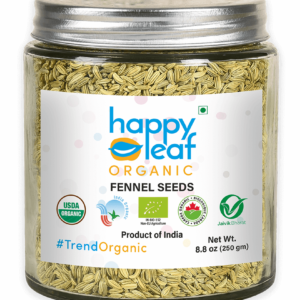
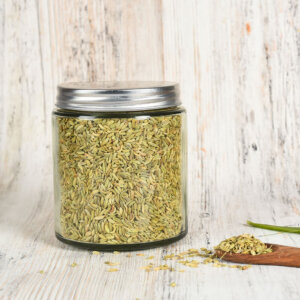
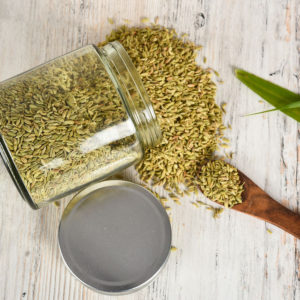
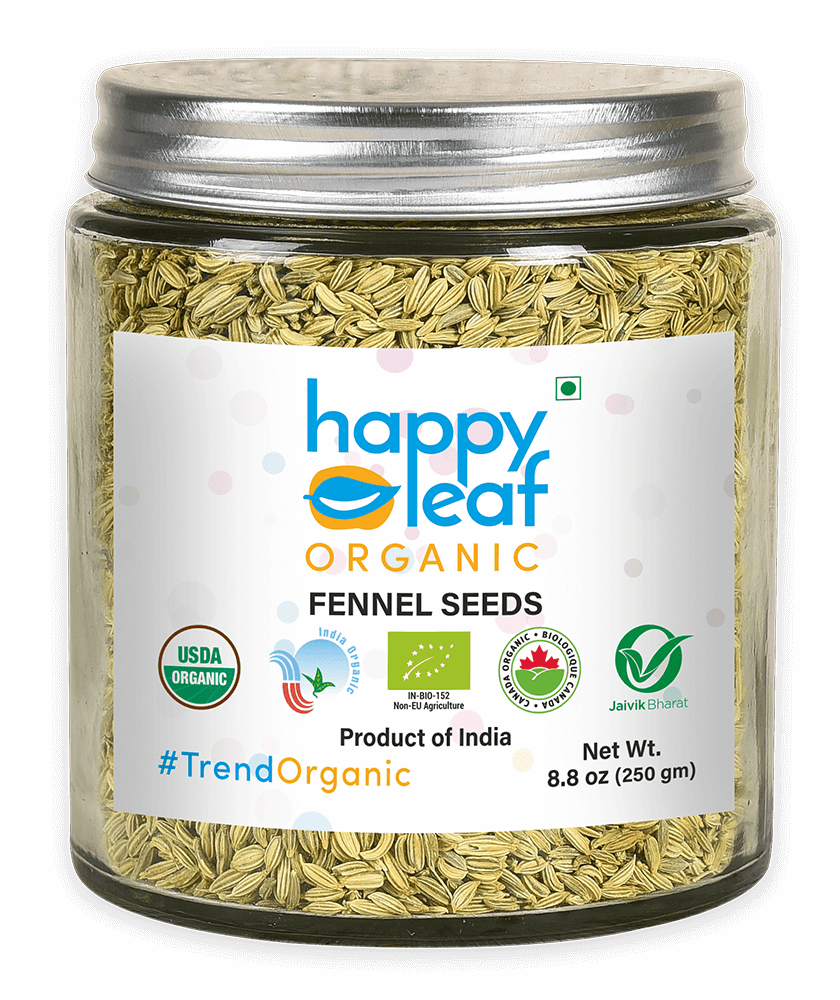
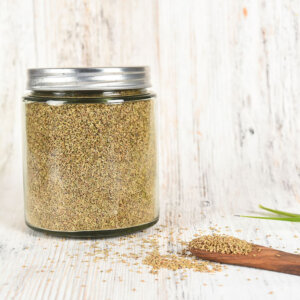
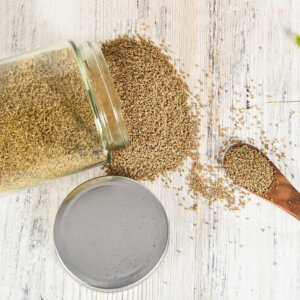
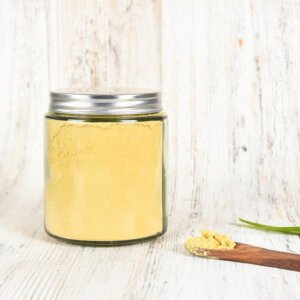
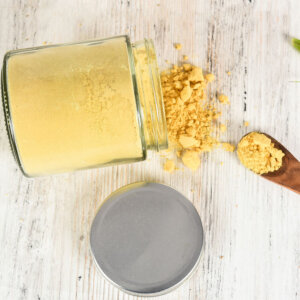






Reviews
There are no reviews yet.